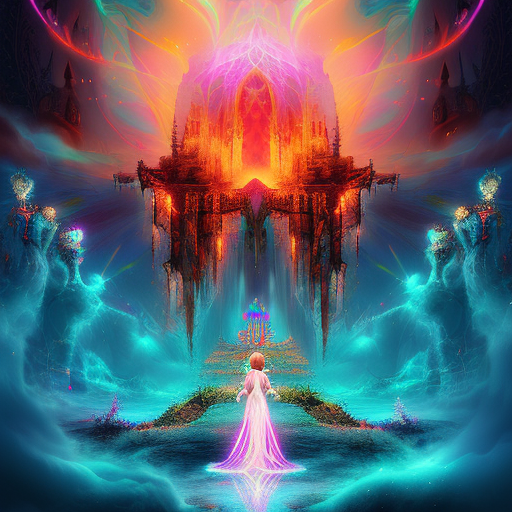One-line Summary:
Childhood’s End is a thought-provoking science fiction novel that explores the consequences of humanity’s encounter with a highly advanced alien race, ultimately leading to the evolution of the human species.
The Arrival of the Overlords
In Childhood’s End, written by Arthur C. Clarke, the story begins with the sudden appearance of massive alien spaceships hovering over major cities around the world. These extraterrestrial beings, known as the Overlords, make contact with Earth’s governments and establish a peaceful and benevolent rule over humanity. Under their guidance, war, poverty, and disease are eradicated, and a golden age of prosperity begins.
The Evolution of Mankind
As the years pass, the Overlords remain enigmatic, rarely interacting directly with humans. They are led by a mysterious figure known as Karellen, who communicates with the people through a human intermediary named Stormgren. Despite their seemingly benign intentions, some individuals, such as the religious leader Wainwright, fear that the Overlords’ influence is suppressing human potential and stifling individuality.
Meanwhile, a new generation of children begins to exhibit extraordinary psychic abilities. These children, known as the “New Men,” possess telepathic powers and a heightened level of intelligence. As they grow older, they become increasingly detached from the rest of humanity, forming a separate society with their own goals and ambitions.
The Ultimate Revelation
Eventually, Karellen reveals the true purpose of the Overlords’ presence on Earth. They have been shepherding humanity towards a new stage of evolution, one that will result in the complete transformation of the human species. The Overlords themselves are the product of a similar process, having evolved from a more primitive form of life.
As the transformation begins, the New Men ascend to a higher plane of existence, leaving their physical bodies behind. The rest of humanity, unable to comprehend the magnitude of the changes taking place, witnesses the birth of a new species. The Overlords, having fulfilled their purpose, depart from Earth, leaving humanity to forge its own path.
Key Takeaways:
- The novel explores themes of evolution, the nature of humanity, and the potential consequences of contact with advanced civilizations.
- It raises questions about the trade-offs between progress and individuality, as well as the role of religion in a rapidly changing world.
- Childhood’s End highlights the fragility of human existence and the inevitability of change.
“The stars are not for man.”
– This quote from the book encapsulates the overarching theme of humanity’s limitations and the vastness of the universe.
In Childhood’s End, Arthur C. Clarke presents a captivating and thought-provoking exploration of humanity’s encounter with an advanced alien race and the subsequent evolution of the human species. The novel delves into profound questions about the nature of existence, the potential consequences of progress, and the limitations of human understanding. Through its compelling narrative and richly developed characters, Childhood’s End challenges readers to contemplate the future of humanity and the mysteries of the universe.












